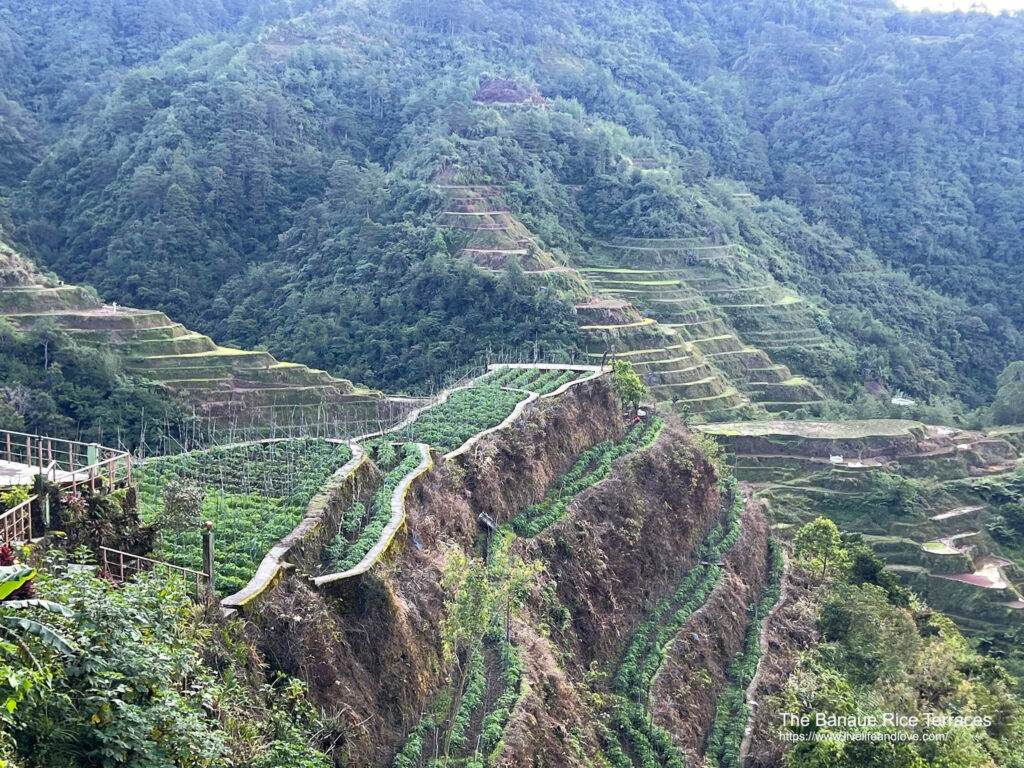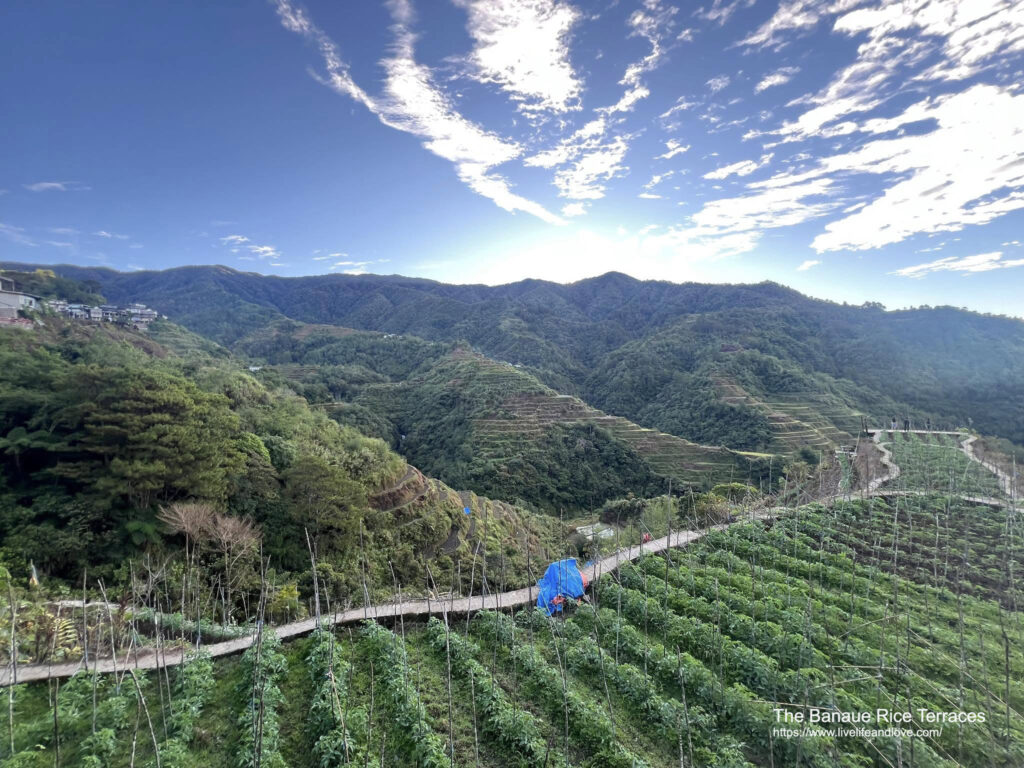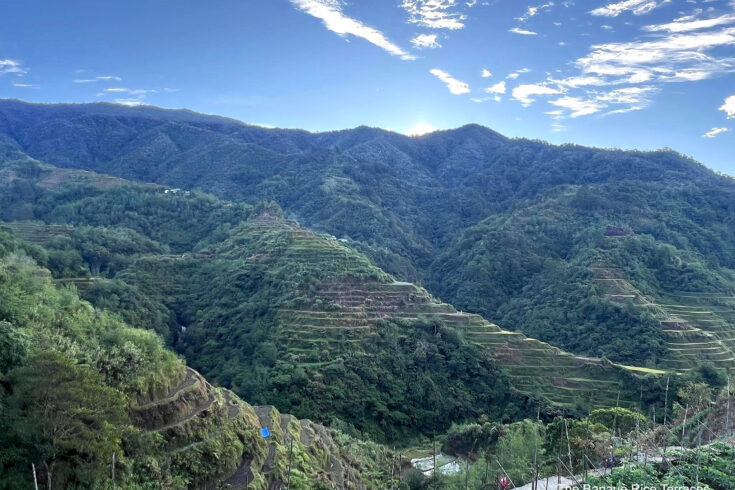The first significant tourist attraction we came upon on the first day of the Sagada tour was the Banaue rice terraces. A breathtaking view of the sunrise every morning may be seen from this gorgeous mountain terrace. The Ifugao Rice Terraces an old, expansive, human-made structure and the oldest and most extensive use of terraces in the world.
Banaue Rice Terraces or Hagdan-hagdang Palayan ng Banaue
The 2000-year-old Banaue Rice Terraces or Hagdan-hagdang Palayan ng Banaue were created by the ancestors of the Batad indigenous people who carved them into the mountains of Ifugao. The tremendous skill and knowledge that has been passed on from generation to generation. Although the terraces extend across several communities, they are collectively recognized. In 1995, different parts of the terraces were designated as a UNESCO World Heritage site praised for being a living cultural landscape of unmatched beauty. The Banaue terraces are a portion of the Rice Terraces of the Philippine Cordilleras,

The rice terraces showcased the remarkable engineering prowess and creativity of the resilient Ifugao people. They have furnished water to the terraces through mountain streams and springs that have been diverted into canals flowing downhill through the fields.The terraces, which are located in the provinces of Ifugao, Mountain Province, Benguet, and Apayao, have been designated a World Heritage Site by UNESCO.
Stunning Cultural Landscape of Unparalleled Beauty
The rice terraces can be found in the Cordilleras on Luzon Island. Due to limited farmland, the early inhabitants had to make a living from the mountains by creating rice paddies on the steep slopes that reach around 1500 meters above sea level. The Ifugao, who have been wet-rice farmers in this remote area for ages, began building these terraces back in the first century CE.

The Ifugao created an incredible network of rice terraces with a smart irrigation system, all using just basic tools. These terraces, which look like giant steps on the hillside, cover around 4,000 square miles and stretch about 12,500 miles long almost half the Earth’s circumference! But as many Ifugao farmers moved to cities, the local population dropped significantly by the early 2000s, leading to erosion of the terraces. After a lot of conservation and restoration efforts, the terraces were removed from the endangered list in 2012. With the terraces, especially in Batad, becoming more popular, officials began to promote sustainable tourism around that time.
I was grateful for the unique attraction I experienced in Sagada. The Banaue rice terraces, renowned for their stunning beauty and the remarkable engineering required to construct these terraces on the mountains represent a significant achievement. It is encouraging to see Sagada’s growing popularity, attracting numerous visitors to this mountainous region. Every sight in this area is truly remarkable!
Thanks for reading my blog!

